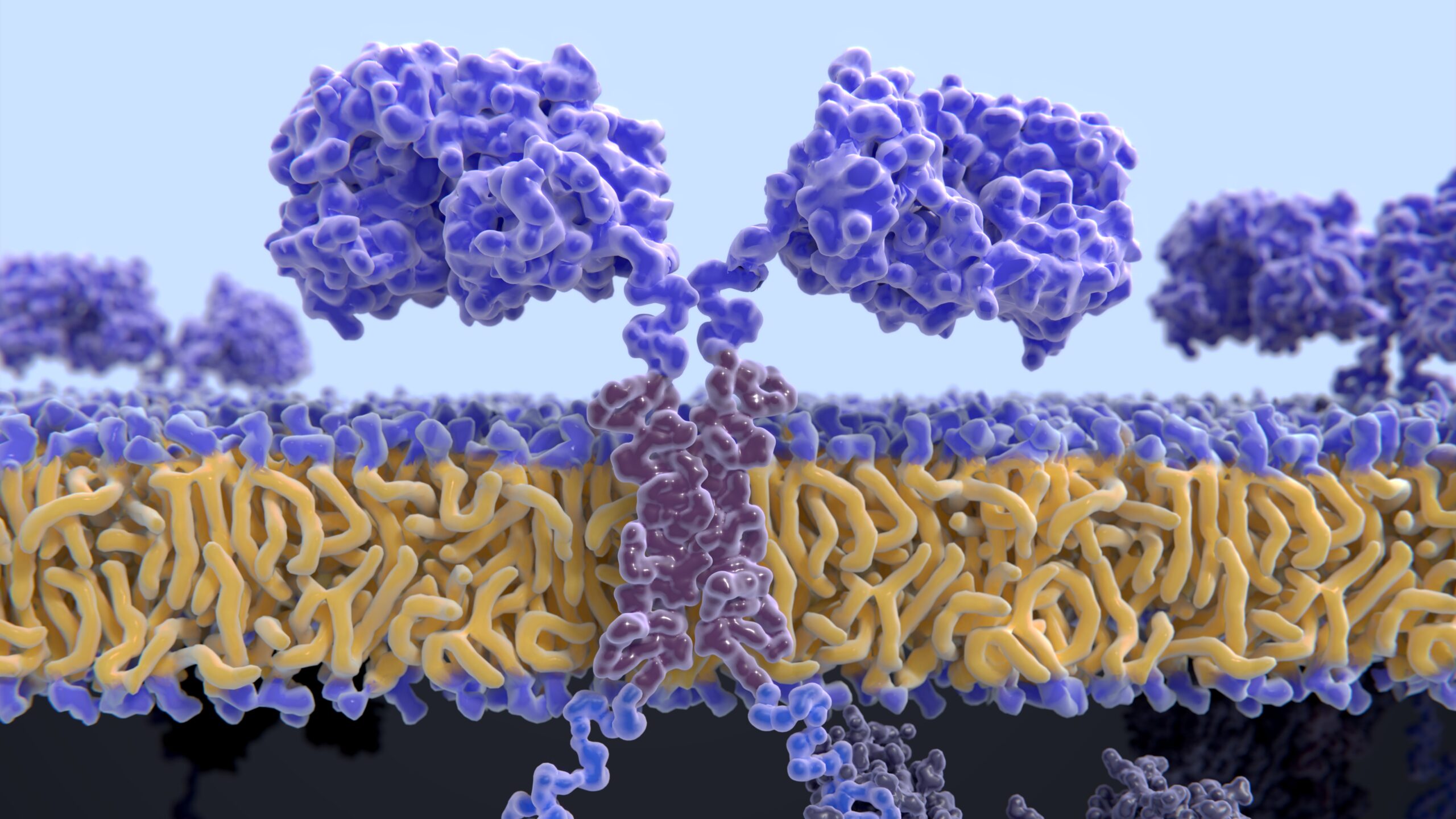
In the phase ZUMA-7 trial, axicabtagene ciloleucel (axi-cel) achieved a 27.4% reduction in the risk of death among patients with primary refractory or early relapsed large B-cell lymphoma (LBCL) and led to an 8.6% absolute improvement in survival.1 At the 2025 Tandem Transplantation & Cellular Therapy Meetings of the ASTCT and CIBMTR, Jason R. Westin, MD, MS, FACP, and colleagues provided more information about the efficacy of axi-cel in prespecified patient subgroups of ZUMA-7.2
Overall, markedly extended event-free survival (EFS), progression-free survival (PFS), and overall survival (OS) have been observed with axi-cel compared with standard treatment, but tumor immune contexture and metabolic pathway play a role in numerous differences between patients who had primary refractory disease and those who had early relapsed disease.
“This post hoc analysis of ZUMA-7 continues to show that whether patients have early relapse or primary refractory LBCL, receipt of axi-cel led to better progression-free and overall survival. Patients with early relapse had numerically higher rates of response and better survival. However, only about 50% of patients remain alive and free of lymphoma 4 years after axi-cel infusion, showing that there is still significant room for improvement,” study co-investigator, Matthew L. Ulrickson, MD, of Banner Health told Blood Cancers Today.
Results come from 131 patients with primary refractory disease and 48 with early relapsed disease Second-line axi-cel treatment was compared with standard of care (SOC) consisting of platinum-based chemotherapy, followed by high-dose chemotherapy and autologous stem cell transplantation for patients who respond to platinum chemotherapy.
The median PFS observed with axi-cel in the primary refractory population was 7.2 months (95% CI, 3.9-28.6) versus 2.9 months (95% CI, 2.3-5.0) with SOC (hazard ratio [HR], 0.550; 95% CI, 0.401-0.753; P<.0001). Among patients with early relapsed LBCL, the median PFS was not reached (95% CI, 14.9-not evaluated) with axi-cel versus 6.0 months (range, 3.4–12.1) with SOC (HR, 0.445; 95% CI, 0.251-0.786; P =.0021). Notably, axi-cel prolonged EFS compared with SOC in both the primary refractory cohort (HR, 0.437; 95% CI, 0.326-0.585) and the early relapsed group (HR, 0.401; 95% CI, 0.241-0.668).
Westin and colleagues observed that the primary refractory cohort appeared to have more prolonged OS and PFS compared with the early relapse cohort because the median OS was not reached with axi-cel treatment among those with primary refractory disease versus a median OS of 29.4 months among those with early relapsed LBCL.2
Infiltration of CD4 and CD8 T cells was significantly higher in the patients with early relapsed LBCL than in those with primary refractory LBCL (P<.05). Moreover, compared with the primary refractory LBCL cohort, the early relapsed LBCL cohort had a lower gene expression signature indicative of hypoxia, glycolytic activity, and myeloid and stromal cells.
“The analysis of gene expression signatures suggested T-cell infiltration was lower in patients with primary refractory disease, which if replicated could help to identify patients for additional intervention such as earlier CAR-T infusion, being studied in ZUMA-23 prior to the time of relapse, or non-cell therapy options that would be less impacted by the level of T-cell infiltration,” said Dr. Ulrickson.
In terms of safety, axi-cel demonstrated a profile consistent with that observed in the primary analysis of ZUMA-7.
Overall, the findings support referring patients with relapsed or refractory LBCL for treatment with axi-cel early in the course of second-line treatment, Westin and colleagues conclude.2
“Despite being a significant step in the right direction by curing more patients with LBCL using second-line axi-cel, a better understanding of the reasons that axi-cel does not benefit all patients is imperative. The tumor microenvironment may provide important insights to improve patient selection and possible means of intervention,” Dr. Ulrickson stated.
References
- Westin JR, Oluwole OO, Kersten MJ, et al. Survival with axicabtagene ciloleucel in large B-cell lymphoma. N Engl J Med. 2023;389(2):148-157. doi:10.1056/NEJMoa2301665
- Westin JR, Oluwole OO, Kersten MJ, et al. Axicabtagene ciloleucel (axi-cel) versus standard of care (SOC) in patients with primary refractory or early relapsed large B-cell lymphoma (LBCL). Presented at: 2025 Transplantation & Cellular Therapy Meetings of ASTCT and CIBMTR; February 12-15, 2025; Honolulu, Hawai’i. Abstract 212.

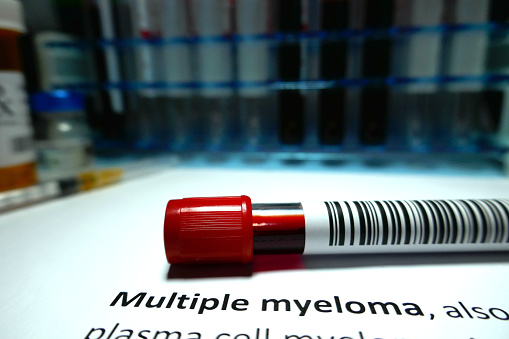
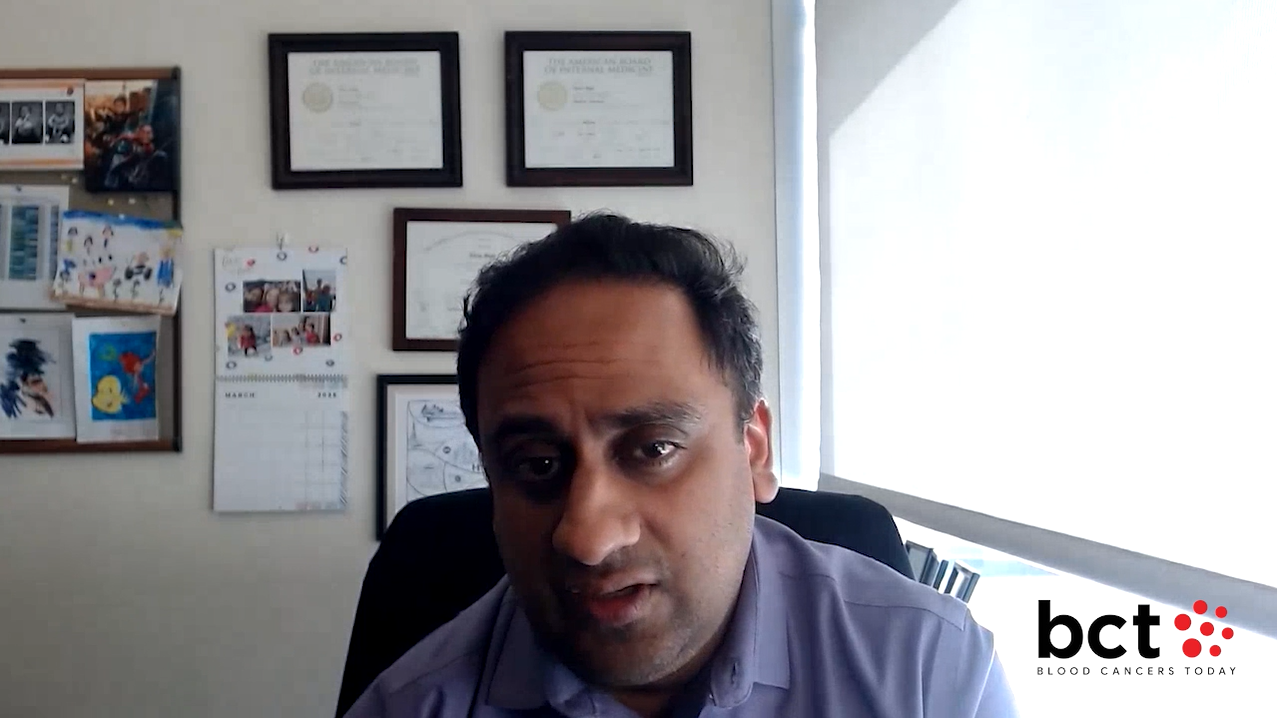
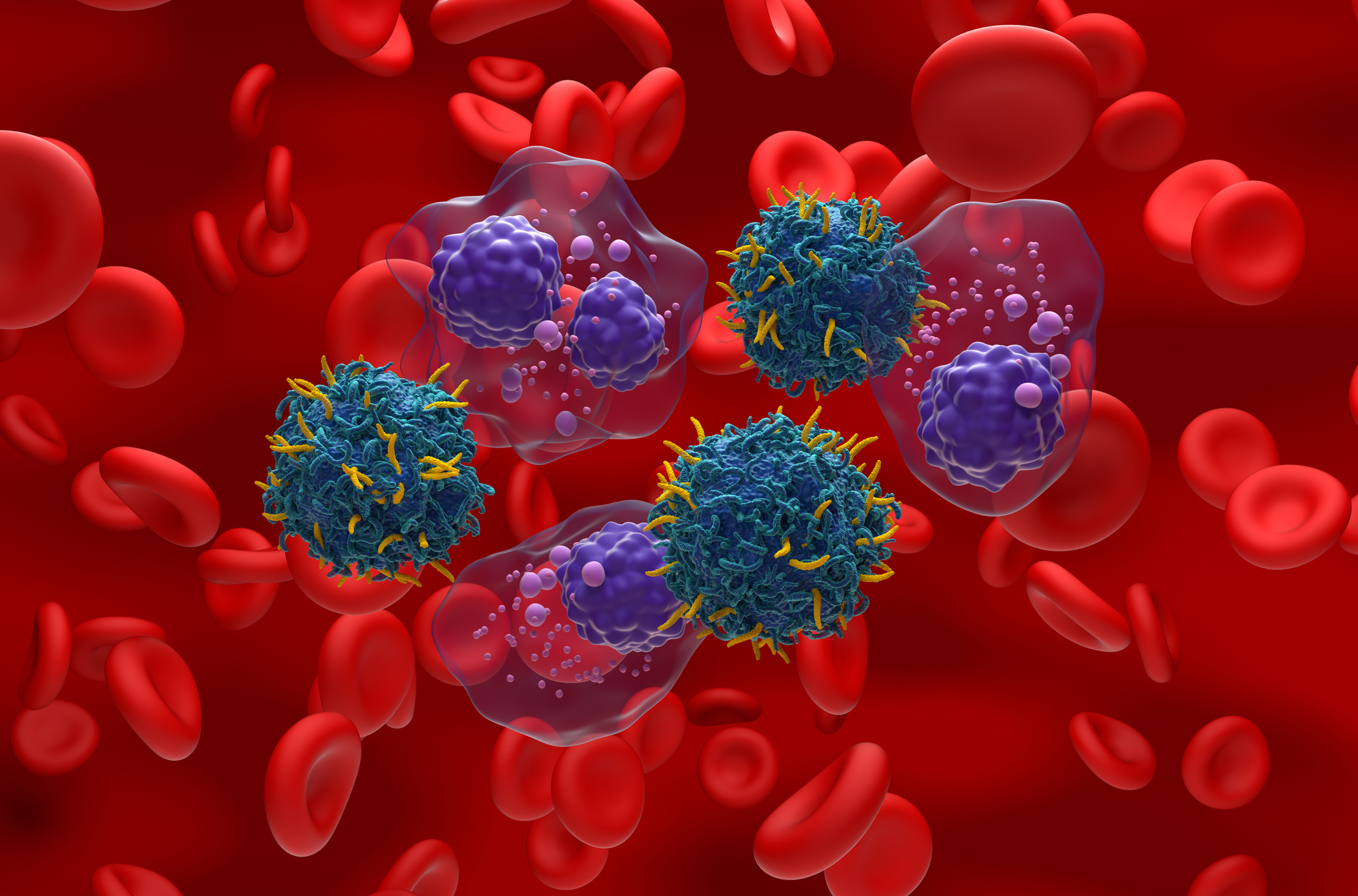
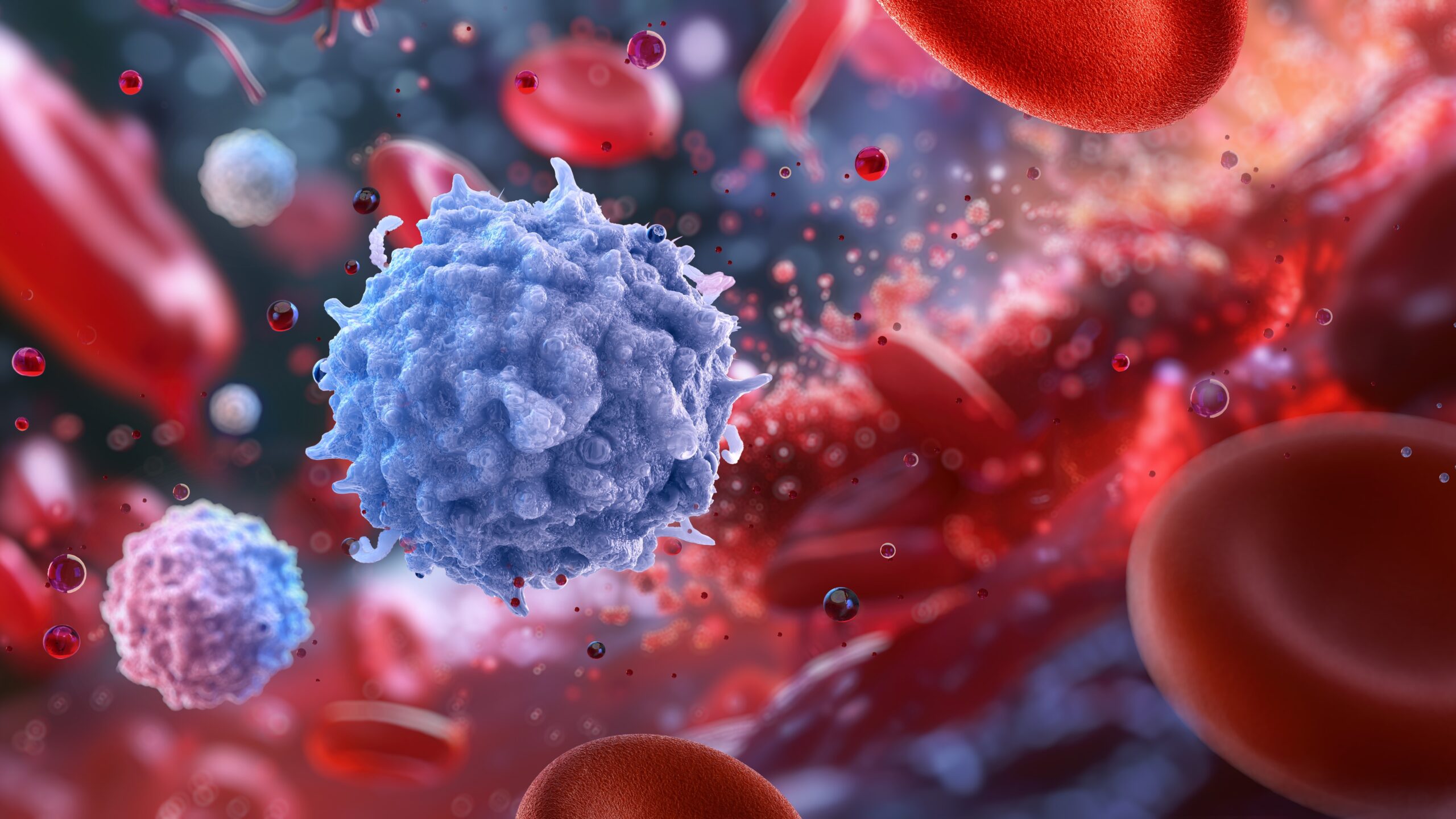

 © 2025 Mashup Media, LLC, a Formedics Property. All Rights Reserved.
© 2025 Mashup Media, LLC, a Formedics Property. All Rights Reserved.